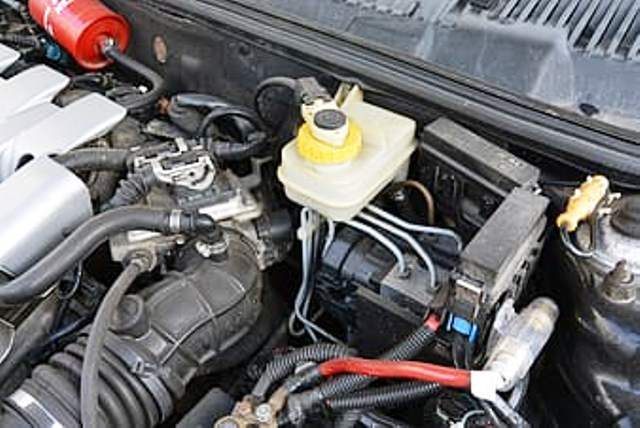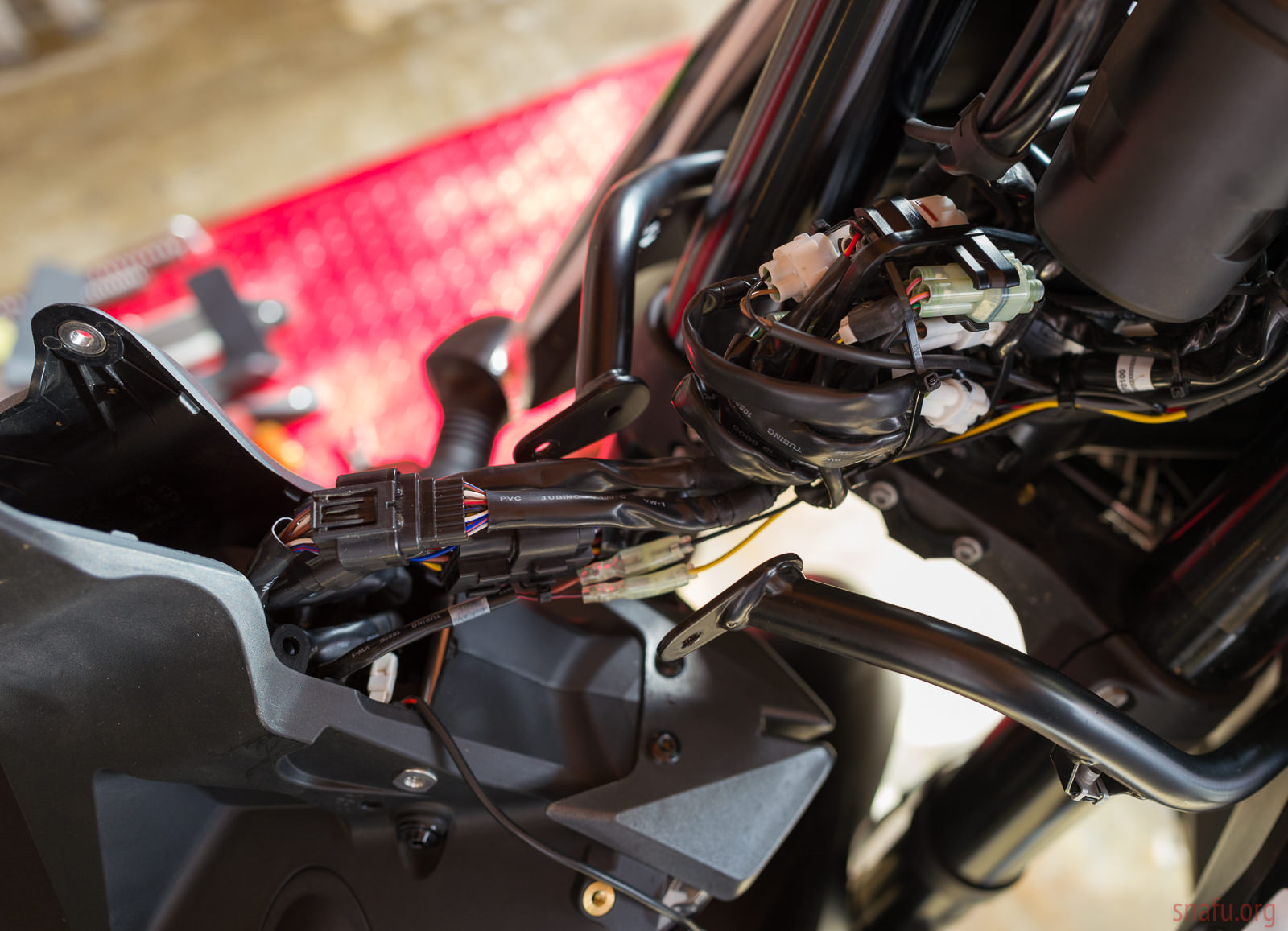Summary
– What is auto multiplexing?
– Role of auto multiplexing
– Different types and operation of auto multiplexing
– Auto multiplex maintenance
The multiplication of the electronic and electrical management present in a car causes the information’s multiplication to be transmitted through the wiring. Car multiplexing thus makes it possible to reduce the quantity and weight of wiring while speeding up information communication. However, the sophistication of the system makes motorists dependent on specialists in the event of a problem.
What is auto multiplexing?
Multiplexing is a technology that allows a substantial amount of information to flow between electronic control units and accessories via reduced electrical wiring.
Vehicles concerned with multiplexing were introduced during the 1990s by high-end German and American manufacturers. Multiplexing became widespread at the end of this decade on many cars and is now present on all production cars.
Role of car multiplexing

The engines, transmissions, steering assistances, suspension, and the various comfort equipment found on modern cars require an extensive electrical wiring network to manage, activate or deactivate them. Until the end of the 1990s, each control required a specific cable.
Multiplexing makes it possible to circulate several pieces of information in the same cable, thus reducing their number, the manufacturing cost, but above all their weight inside a car, previously between 80 and 100 kg, for networks up to 5 km long. With fewer sensors and a reduced number of links to the boxes while allowing new functions to be added without additional production costs, the multiplexed cabling network considerably reduces today’s cars’ weight. It enables the fast binary transmission of information. Until the end of the 1990s, each control required a specific cable.
Multiplexing makes it possible to circulate several pieces of information in the same cable, thus reducing their number, the manufacturing cost, but above all their weight inside a car, previously between 80 and 100 kg, for networks up to 5 km long. With fewer sensors and a reduced number of links to the boxes while allowing new functions to be added without additional production costs, the multiplexed cabling network considerably reduces today’s cars’ weight. It enables the fast binary transmission of information.
Different types and operation of car multiplexing
The two main auto multiplexers
- The CAN bus (Controller area network), the word bus designating the single data transmission cable, is mainly used for multiplexing since the 1990s. Its throughput can reach 1 Mbit/s (megabit per second).
- However, it is being replaced by FlexRay, which is 10 times faster and more reliable, but still has a high production cost.
How auto multiplexing works

An electronic coding box processes different data to pass them through a single cable. A second box decodes this information, sorts it, and sends it to its final destination activating the electrical, electronic, and mechanical accessories.
New automatic functions that can be more easily activated by multiplexing have thus appeared on recent cars. These include, among others:
– automatic switching on of lights, windshield wipers, hazard warning lights in case of strong deceleration;
– parking assistance;
– anti-collision radar;
– electric power steering;
– GPS;
– tire under-inflation detection, even automatic tire inflation.
Auto multiplex maintenance
Until 2001, multiplexing was not entirely developed and caused many bugs on cars equipped with it. Since then, it has become more reliable.
Its extreme sophistication requires its maintenance to be entrusted to professionals with the necessary equipment for its control, programming, and repairs. Therefore, it has become impossible to repair an electrical breakdown on a car without going through the dealer of the brand.

